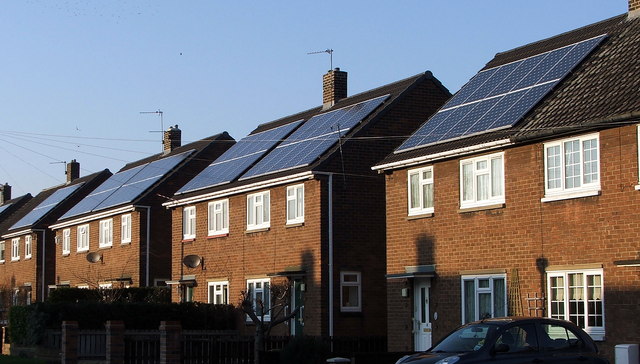This is what will happen to solar tariffs everywhere, eventually
Interesting news from Nevada: the state now has solar feed in tariffs on a rational economic structure. It's still not all the way there but the structure is now sensible: and this is the way that all such tariffs will end up to. Simply because it's the only rational way, economically, to do it. Instead of getting the retail price for whatever electricity they feed into the grid, panel owners now get:
This summer, NV Energy, Nevada's largest utility and a subsidiary of Berkshire Hathaway , had asked for a rate structure that included a monthly service charge, a demand charge (based on a home's peak demand), and an electricity charge. For homes with solar, it proposed paying 5.5 cents per kWh for the electricity they send to the grid, well below the 11.6 cents per kWh that customers are paying for electricity.
This is simply the way that it has to be, in the end at least. Leave aside any concerns about whether it should be yet or not and consider the underlying economics of this. The grid needs to exist if we're to share power at all. And thus it needs to be paid for: a standing charge doesn't seem like a bad idea as a method of paying for such infrastructure. And the size of that charge needs to be determined by peak drawdown (or perhaps feed in to it) as that is what determines how the grid is built.
And then, yes, everyone should be paid the current value of what they are feeding into said grid. And with solar that's only ever going to go down. As there's more solar on the grid then of course there's more of the grid that is all producing at the same time: that's how sunshine works across geographic areas. In the end, instead of being paid the wholesale price for power people are going to be paid the marginal price for power at that time. Something that the more the technology becomes as a percentage of total supply is only ever going to go down.
This isn't just a "Har, Har, Hippies!" argument: the only economically rational manner, in the long run, of paying for a grid that contains solar, or indeed any other local and or intermittent source, is going to be this one. A charge for the grid, scaled to the size of the connection, with production gaining moment by moment marginal value, consumption possibly based again on that marginal value. It's really going to change how things are done: and if we don't move to something like this then the system is going to go bankrupt instead.
Thus, obviously, it is going to happen: the only question is when.

